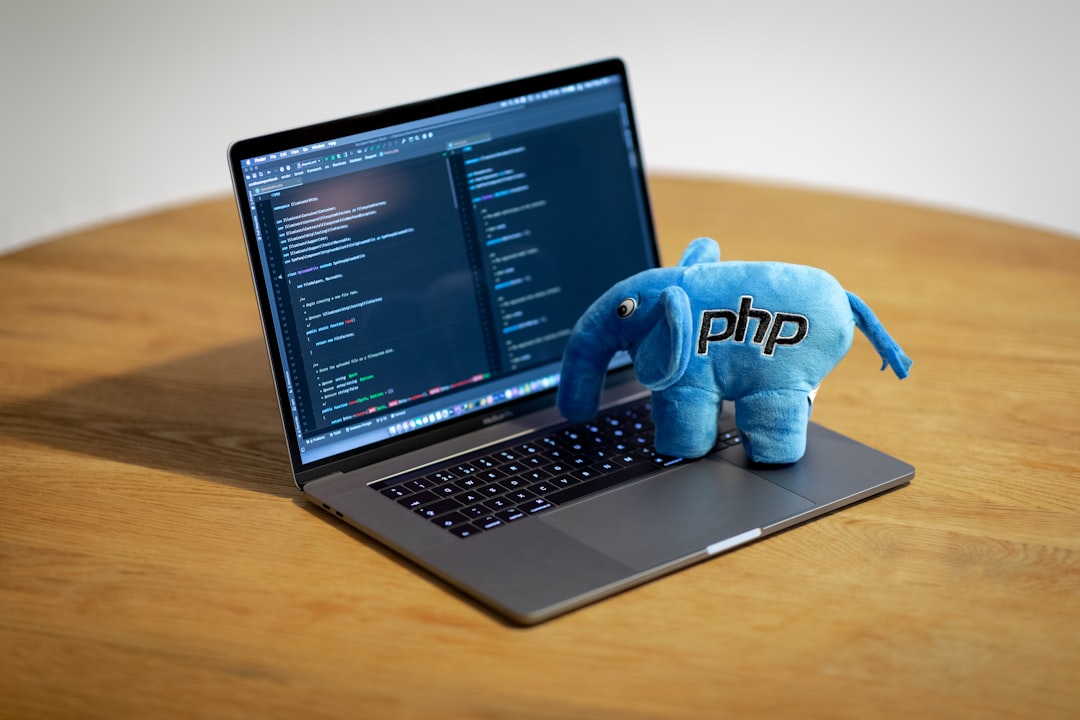
Unlocking Efficient Code with Advanced Coding Techniques: A Path to Progress
In our rapidly evolving digital landscape, where code is the lifeblood of innovation, the conversation surrounding efficient coding practices is more relevant than ever. Efficient code is not just a nice-to-have; it’s a necessity that can shape the future of technology and, dare I say, our very society. So, let’s dive into the treasure trove of advanced coding techniques that promise to unlock a new level of efficiency, and possibly save the world from itself—one bug at a time.
The Current State of Coding
At first glance, the world of coding may seem swamped with a plethora of frameworks, languages, and paradigms. But if you take a closer look, you’ll notice a common thread: many developers are still stuck in the dark ages of coding practices. As we cling to outdated techniques, we not only hinder our productivity but also stifle innovation. According to a report by the International Data Corporation, poor coding practices can cost organizations up to 30% of their development budgets. Well, that’s just fantastic! Who wouldn’t want to waste a third of their resources?
Advanced Coding Techniques: The Game Changers
Enter advanced coding techniques, the shining knights in the battle against inefficiency. Techniques like test-driven development (TDD), pair programming, and continuous integration/continuous deployment (CI/CD) are not mere buzzwords; they are proven methodologies that can transform how we approach coding.
-
Test-Driven Development (TDD): TDD is akin to a safety net for developers. By writing tests before the actual code, developers ensure that their code meets the requirements from the get-go. This method not only reduces the number of bugs but also enhances maintainability. In fact, a study from the University of Utah found that TDD can reduce the number of defects by up to 90%. Imagine that—plugging the leak in your budget with a simple shift in how you write code!
-
Pair Programming: This technique involves two developers working together at one workstation. While one writes the code, the other reviews each line as it’s written. This collaborative approach not only leads to higher quality code but also fosters knowledge sharing and teamwork. According to a survey by the Software Engineering Institute, teams that employed pair programming saw a 20-40% increase in productivity. Who knew teamwork could actually pay off?
-
Continuous Integration/Continuous Deployment (CI/CD): Gone are the days of lengthy release cycles and last-minute panic. CI/CD allows for smaller, more frequent releases, which can significantly improve software quality. A report from DZone showed that organizations adopting CI/CD practices experienced a 50% reduction in lead time for changes. It’s as if someone finally figured out how to take the “stress” out of “stress testing.”
Counterarguments? Let’s Address Them
Of course, not everyone is on board with these advanced techniques. Critics argue that they can introduce overhead and complexity. After all, who wants to spend an extra hour writing tests when they could just whip up some code? But let’s not kid ourselves; the time spent upfront can save countless hours of debugging later. It’s like going to the dentist: you can avoid it for a while, but eventually, you’ll pay the price—probably with a root canal.
The Bigger Picture
As we embrace these advanced coding techniques, we must also look at the bigger picture. Efficient code has far-reaching implications beyond just saving time and money. It can lead to more sustainable software solutions, ultimately benefiting the environment. Fewer resources used means a smaller carbon footprint. In a world increasingly dominated by climate change, isn’t it our responsibility to consider the environmental impact of our coding practices?
Moreover, as technology becomes deeply integrated into our daily lives, the need for robust and efficient code will only escalate. From healthcare to finance, efficient coding can save lives and money. Imagine the impact of a financial application that processes transactions in a fraction of the time it currently does—how many more businesses could thrive if they weren’t bogged down by inefficient code?
Conclusion
In conclusion, unlocking efficient code through advanced coding techniques is not merely an option; it’s essential for driving progress in our digital age. While some may cling to outdated practices and resist change, the data is clear: adaptation is not just beneficial; it’s critical. As we continue to innovate, let’s ensure our coding practices evolve alongside our technology. Because if we don’t, we might just find ourselves stuck in a perpetual loop of inefficiency, and nobody wants to live in that kind of binary world.
So, let’s embrace these advanced techniques, not just for our sake but for the future of technology as we know it. After all, the only thing standing between us and progress is, quite frankly, a poorly written line of code.


